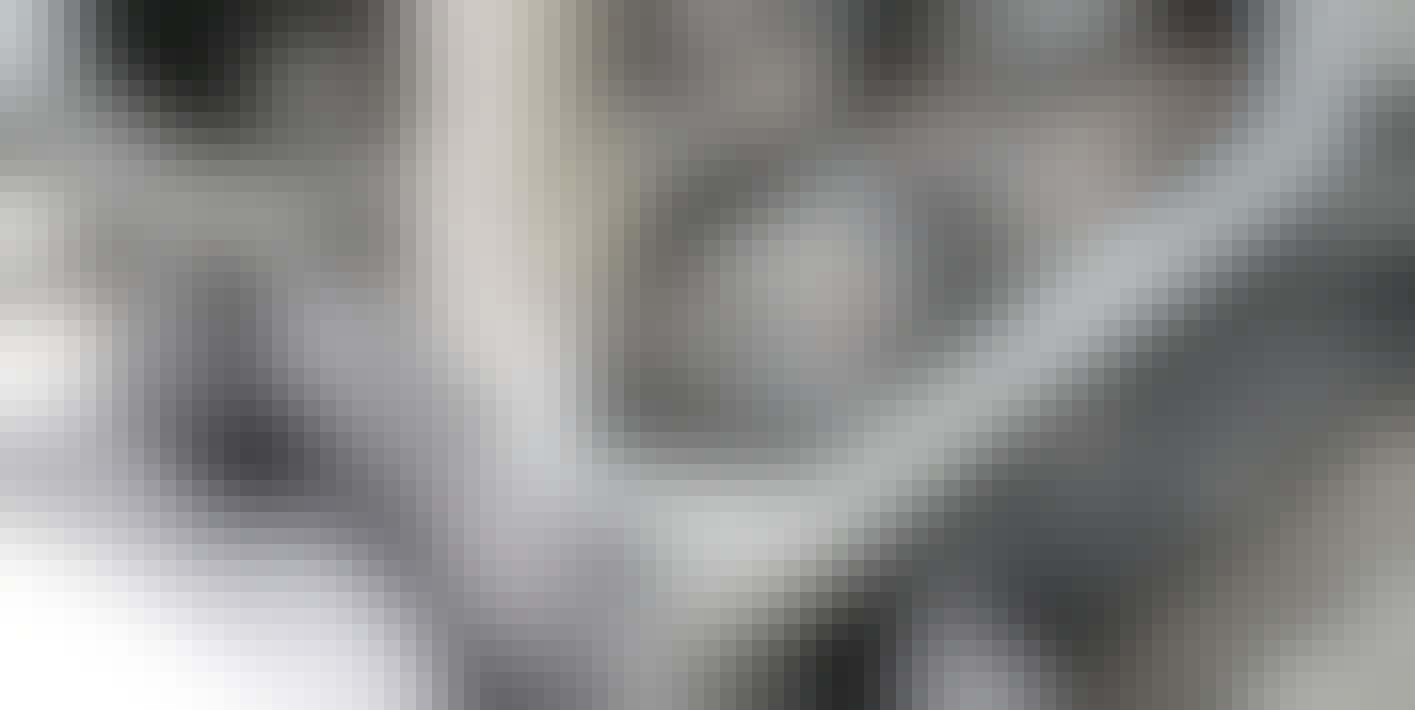Applications and requirements
1/2C polycondensation curing silicones
For silicones, the abbreviation RTV (e.g. 1C RTV silicone) is often used. RTV stands for room temperature curing or room temperature vulcanization. The best-known subclass is represented by the 1C RTV moisture-curing silicones, which are frequently used as sealants in the sanitary sector. These cure to elastomers under atmospheric humidity and the elimination of a by-product that escapes from the material during the curing reaction and is responsible for the characteristic odor (typically acetic acid or alcohol).
Consistent exclusion of moisture in the area of the dispensing components and material preparation is necessary to ensure trouble-free operation. Mixing is not necessary with these systems; they can be applied directly from the dispensing pump to the component.
In contrast to polyaddition materials, a by-product is formed during the curing reaction. This is released into the environment. Likewise, moisture must be able to enter the bond so that the reaction can take place. In metal bonding, corrosion protection must be taken into account with acetic acid 1C RTV silicones. In the case of plastics, the release product can lead to stress cracks in the material under certain circumstances.


